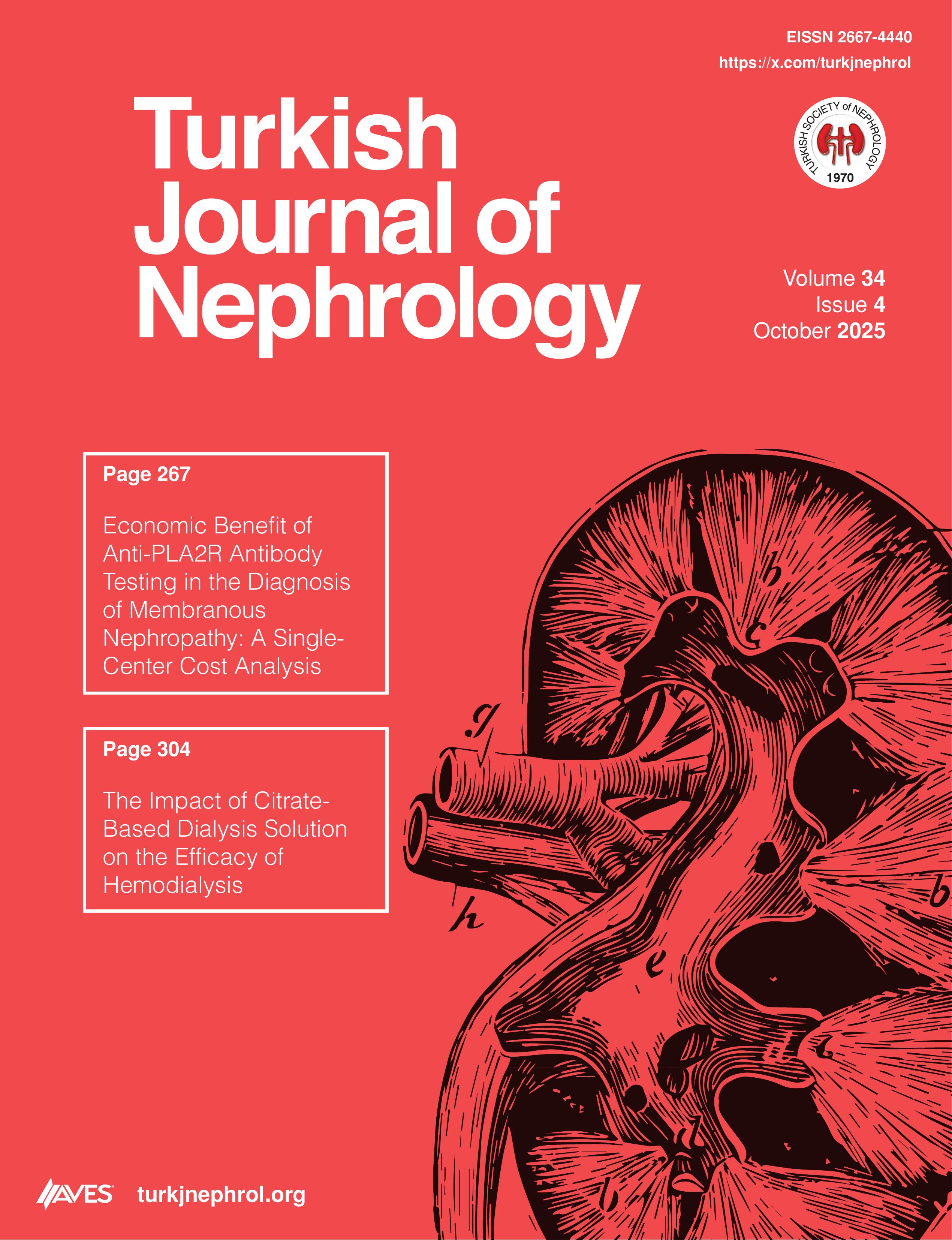Background: Puerperal sepsis (PS) is a significant cause of maternal morbidity and mortality in developing nations, including India. During the postpartum period, PS continues to be a leading cause of acute kidney injury (AKI).
Methods: Between January 2016 and December 2022, among 6569 obstetric patients, 286 patients were diagnosed with puerperal sepsis. Sixty patients developed AKI. The records of these patients were reviewed for their demographic characteristics, obstetric history, and clinical profiles. Microbial culture details and antibiotic susceptibility patterns were recorded and compared between the two groups (PS with AKI and PS without AKI).
Results: The incidence of AKI in patients with PS was 20.9%. The risk factors for development of AKI in patient with puerperal sepsis were delayed referral (adjusted OR 5.1, 95% CI: 3.1-5.6, P < .001), retained products of conception (RPC) (adjusted OR 3.6, 95% CI: 1.8-6.9, P < .001), prolonged labour (adjusted OR 6.3, 95% CI: 3.9-18.6, P < .001), and disseminated intravascular coagulation (adjusted OR 2.2, 95% CI: 1.7-5.8, P < .001). Gram-negative bacteria, particularly Escherichia coli (25% in AKI vs. 27.8% in non-AKI), were the most common pathogens, with 40.3% producing extended-spectrum beta-lactamase . Of 60 patients, 24 required dialysis, 6 patients (10%) required dialysis by the end of 6 weeks. Kidney biopsy was performed in these patients; 3 patients had complete cortical necrosis, 2 patients had patchy cortical necrosis, and 1 patient had acute tubular injury. Maternal mortality was higher in the PS with AKI group (15%) (OR 2.9, 95% CI: 1.2-7.4, P = .019).
Conclusion: This study confirms that PS continues to be an important cause of severe AKI, long-term renal morbidity, and maternal mortality in obstetric populations of developing nations.
Cite this article as: Eshwarappa M, Konana G, Hamsa V, et al. Clinicomicrobiological profile and outcome of puerperal sepsis related acute kidney injury in a tertiary care center from South India. Turk J Nephrol. 2025;34(2):108-115.

.png)

.png)

.png)
